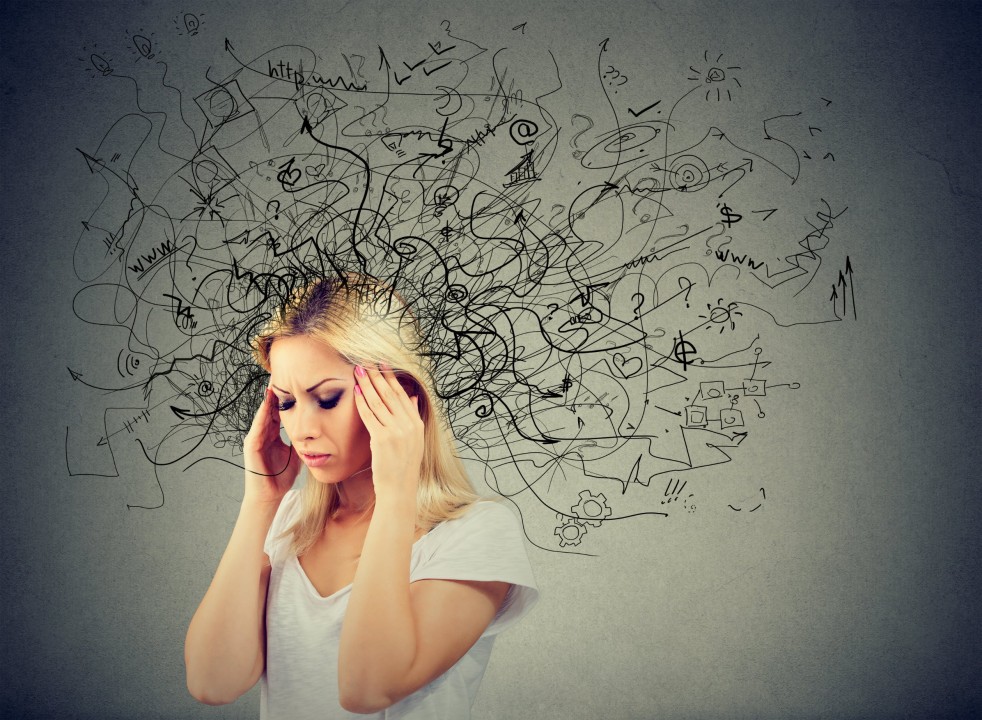The Nature of Fear – Anxiety, Panic Attacks, and How to Stop Them.
Introduction: What is Anxiety
keywords: anxiety definition, anxiety in children, signs of anxiety
Anxiety is a thin stream of fear running through the mind. If encouraged, it becomes a flood that engulfs all other thoughts. Anxiety is a mental health disorder that causes people to worry excessively. Anxiety is a mental health disorder that causes people to worry excessively. It can be caused by external stimuli, such as things happening in the world, or related to internal thoughts and feelings. Anxiety can cause physical symptoms like dizziness, nausea, and headaches. Anxiety disorders are the most common of all mental illnesses and affect about 18% of the population at some point in their lives. This is the list of most common anxiety disorders: Generalized Anxiety Disorder (GAD)Obsessive Compulsive Disorder (OCD)PhobiasPost-Traumatic Stress Disorder (PTSD)Social Anxiety Disorder Specific PhobiasSocial PhobiaGeneralized anxiety disorder Generalized anxiety disorder or GAD is characterized by chronic and often exaggerated worry that lasts for at least six months. It usually begins with minor, temporary symptoms before becoming more difficult to control. In the beginning, people may experience difficulty concentrating or irritability and muscle tension from having their minds constantly occupied with negative thoughts. As time goes on, these symptoms intensify until it becomes difficult to perform routine tasks like going about daily life. Along with this excessive worry, people with GAD are often also feeling restlessness, fatigue, and muscle tension.- Generalized anxiety disorder is often combined with other mental problems like depression or mood disorders.
Understanding the Nature of Fear
keywords: what is fear, how does fear manifest in the mind
Fear is an emotion that is experienced in the presence of a perceived threat. Fear is one of five basic emotions that are universally recognized.
Fear can be both a physical and emotional response to stimuli. The physical response to fear includes increased blood pressure, heart rate, and muscle tension while the emotional response includes anxiety, worry, terror, and panic. The fear response seems to have evolved as a survival mechanism to protect oneself from danger or harm. Fear is most often characterized as being negative but it can also be used positively as it helps people avoid dangerous situations or make good decisions in high-risk environments. The fear response involves increased blood pressure, heart rate, and muscle tension. This response is often accompanied by breathing changes. Essential to the fear response is the release of stress hormones such as adrenaline and cortisol that can be detected in saliva or urine samples. . The stress hormone cortisol helps people focus and take action in response to threats. The fear response can be trained to change its function from negative to positive by using a modified version of exposure therapy. During this process, the person is gradually exposed to what they fear until the fear response changes from being harmful to helpful. This is done by learning that they are safe and can handle what they had previously been afraid of in small, safe steps. The brain reacts to a series of events that can occur during a panic attack. The most common of these is the experience of shortness of breath and chest pain or discomfort. Someone who experiences a panic attack often reports that they feel like they are unable to breathe, that their chest is tight, and that something is indigestion in the stomach. Some people will also report palpitations or a pounding heart sensation. Sometimes it feels like something heavy has been placed on top of them or around them, preventing them from taking deep breaths.
3 Ways to Manage Your Anxiety and Deal with More Intense Situations
keywords: anxiety management techniques, how to stop panic attacks fast
Anxiety and panic attacks are not something that people should have to deal with on a daily basis. However, it is a reality for many people and it can be tough to manage. There are many anxiety management techniques that you can use to help you stop panic attacks fast. These include deep breathing exercises, yoga, mindfulness, and even hypnosis. The best way to manage your anxiety is by doing whatever works for you at the moment. It is normal to feel some level of stress, anxiety, or panic before a big event. When facing something difficult, it can be helpful to engage in some type of self-care activity. The following are examples of positive self-care activities that may help you manage your anxiety: Doing deep breathing exercises (or diaphragmatic breathing) can help reduce stress and anxiety. Deep breathing exercises include inhaling deeply through the nose for 4 counts and holding the breath for 4 counts and exhaling through the mouth for 4 counts. This deep breathing can be practiced as often as desired. Engaging in physical activity has been shown to decrease anxiety. It has also been shown to improve mood and help you sleep better. If you work out regularly, try adding in a new type of exercise that is fun and interesting to you, such as martial arts or swimming Maintaining a healthy diet can help reduce stress levels and prevent chronic illness from developing due to stress. But the most important one is from my own experience: don’t fight with negative thoughts. Don’t try to change them. Just accept them. Don’t struggle to change your thoughts. Remain unregistered. Remember that the more you fight with negative thoughts, the more they will attack you.
Stay good
